Special Notices to All Who Deny Two-Seedline, Part 9
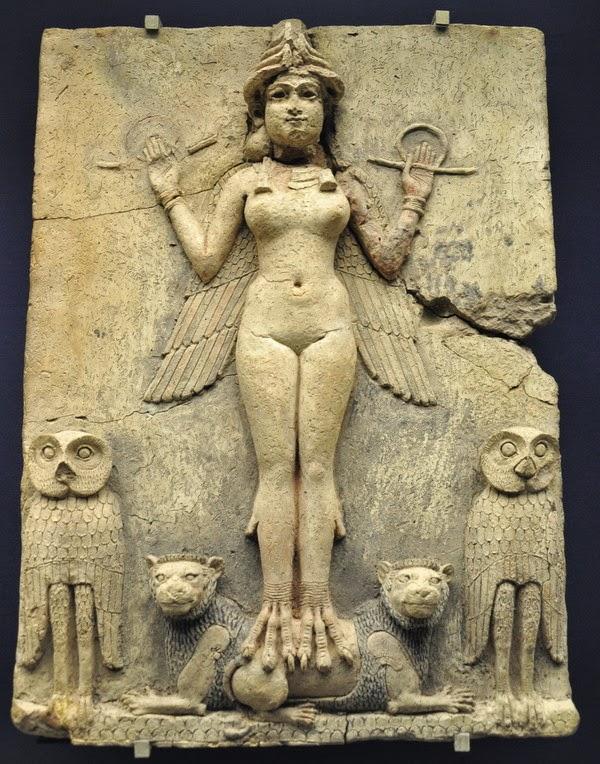 Special Notices to All Who Deny Two-Seedline, Part 9
Special Notices to All Who Deny Two-Seedline, Part 9
The Camp of the Saints is surrounded by the enemies of Yahweh our God, who are also the historical enemies of our Adamic race, and while these prophesies concerning the last days are being fulfilled before our very eyes, among Christians, there are multiple levels of deceit. The first is, of course, all of those Judaized Christians who seem to be oblivious to the fact that there is a problem. Then there are the anti-seedliners who may understand that we are in a time of trouble, but they refuse to properly identify the enemies, and they refuse to acknowledge that the other races dwelling amongst us are nothing more than a scourge for our disobedience, by which Yahweh our God has permitted His enemies to assail us, much like the story of Job. Yahweh permitted Satan to try Job, and Job prevailed because he never accused God for his troubles. Finally, there are those who claim to know the enemy, but who fail to properly draw the lines. The other races amongst us are not people. Rather, they are the caterpillars, cankerworms, palmerworms and locusts of the prophecy of Joel, they are the beasts of Isaiah chapter 56 who are called to arise and devour as the watchmen dumbly sit by like dogs tending to their own bellies.
When a rodeo clown such as Ted Weiland sends Bibles to Nigerians, we end up with niggers supposing themselves to be Christians. Then once we accept the concept that a nigger can be a Christian, how do we prohibit them from marrying White Christian women? Our own Scriptures are then used against us. So now we know why the Word of Yahweh says in Deuteronomy chapter 28 that for our disobedience “32 Thy sons and thy daughters shall be given unto another people, and thine eyes shall look, and fail with longing for them all the day long: and there shall be no might in thine hand.” Where it says “another people”, these are Ted Weiland's niggers, or Eli James' Mexicans, and by sending them Bibles Weiland assists the enemy, when instead it was his duty to teach the nature of sin and the need for repentance to the sheep of God's pasture! Ted has abandoned his true responsibility and bragged about making Christians out of beasts. He is a pastor for Satan and a minister of death no matter what he preaches about the twelve tribes and their history. In ancient times, the false prophets also knew of the history of Israel, and when fire came down from heaven at the beckoning of Elijah, they were nevertheless devoured. We await the day when Yahweh sees it fit to do such a thing once again.


 Special Notices to All Who Deny Two-Seedline, Part 8
Special Notices to All Who Deny Two-Seedline, Part 8




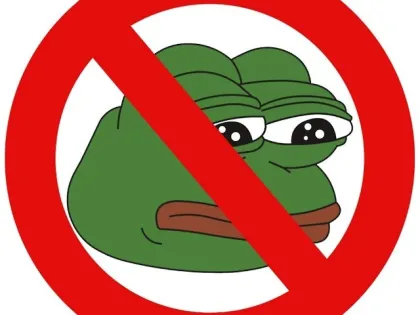
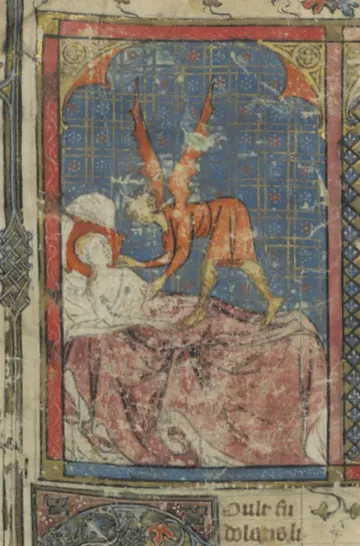
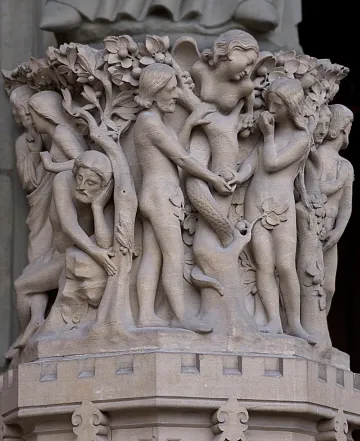 Special Notices to All Who Deny Two-Seedline, Part 5
Special Notices to All Who Deny Two-Seedline, Part 5


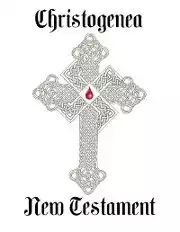

 Please click here for our mailing list sign-up page.
Please click here for our mailing list sign-up page.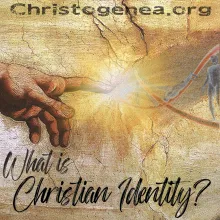

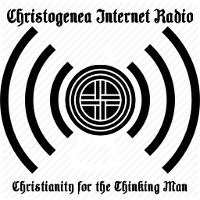
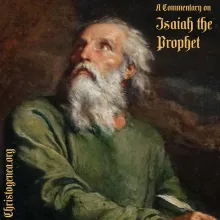
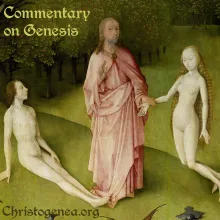




Recent comments